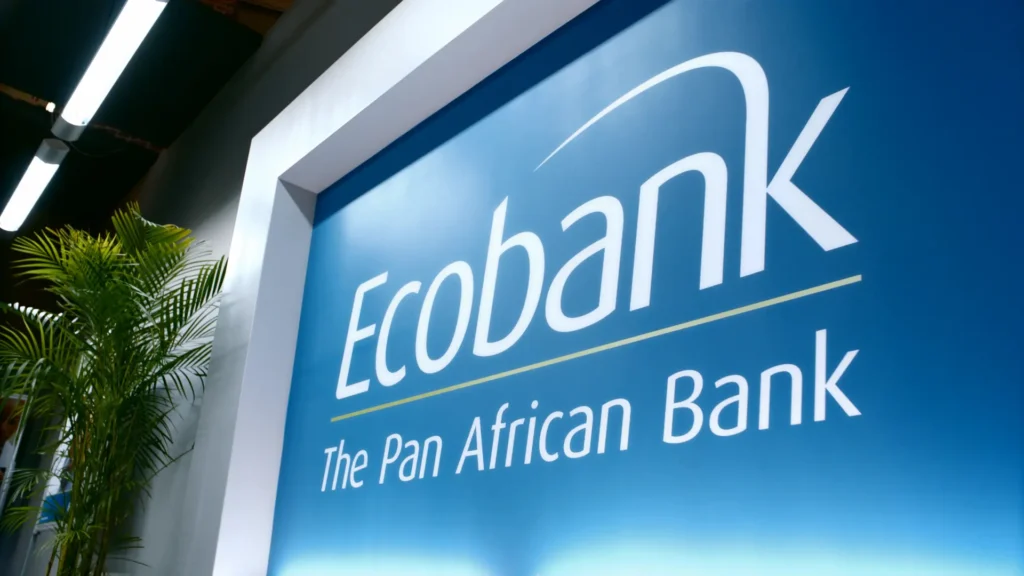
Ecobank SWIFT Code: Your Key to Smooth International Transactions
It is important to master Ecobank SWIFT codes when dealing with international transactions. It is essential to know these codes when sending money overseas or doing business internationally. As a result, they ensure accuracy when identifying banks, prevent delays in fund transfers, and maintain security in global financial interactions. In order to navigate cross-border payments confidently, you need to understand some nuances.
Let’s explore the essential aspects of Ecobank SWIFT codes, so you can handle international banking with ease.
Key Takeaways
- SWIFT code for Ecobank Nigeria: ECOCNGLA
- SWIFT code for Ecobank Ghana: ECOCGHAC
- Always validate SWIFT codes for accuracy.
- Ensure recipient’s bank details are correct to avoid complications.
- Use SWIFT codes for secure and efficient international transfers.
What Is a SWIFT Code?
A SWIFT code (or BIC) is essentially the bank’s international ID. It consists of 8 to 11 characters that pinpoint the bank, country, city, and branch involved in a transaction. Think of it as an address that guides your money to its destination when making cross-border payments.
For example, Ecobank Nigeria Limited uses the SWIFT code ECOCNGLA, while Ecobank Ghana operates under ECOCGHAC. By entering the correct SWIFT code, you ensure that your money reaches the right bank without delays or errors. Simple as that!
Why Validating SWIFT Codes Is Critical
Validating the SWIFT code before making an international money transfer is like double-checking the address before sending a package. It helps guarantee that your funds land at the right bank promptly. Mistakes here can lead to delays or, worse, the loss of funds. So, always ensure that the SWIFT code is correct before hitting “send” on your transaction.
Why You Should Always Use SWIFT Codes
SWIFT codes simplify international financial transactions by offering a secure and standardized method for wire transfers. These codes are the reason banks across the globe can communicate seamlessly, ensuring that your money gets to where it’s supposed to go without a hitch.
The unique identification provided by SWIFT codes is crucial in cross-border payments. It makes life easier for financial institutions by eliminating confusion and errors. So, the next time you make an international payment, remember that using the correct SWIFT code makes your transaction faster and more secure.
Common Pitfalls with SWIFT Payments
Even with all the benefits, SWIFT payments can sometimes hit snags. Being aware of these common issues will help you avoid potential headaches:
- Incorrect SWIFT Code Usage: If you enter the wrong code, your payment might be delayed or fail to reach the intended recipient.
- Inaccurate Recipient Bank Details: Providing incorrect bank details can result in your money being sent to the wrong account, which is a nightmare to resolve.
- Delays in International Transfers: Sometimes, delays occur due to intermediary banks or slow processing times, leaving the recipient waiting for their funds.
To prevent these issues, always double-check your payment details before sending money, and ensure that you have enough funds to cover the transaction.
Tips for Seamless Cross-Border Transactions
Here are some tips to ensure your cross-border transactions go off without a hitch:
- Verify the SWIFT code with the recipient or their bank before initiating the transfer. If you make a mistake, reach out to the bank immediately to fix it.
- Consider using money transfer services like Wise, which often provide faster and cheaper options compared to traditional banks. Their service is highly rated on Trustpilot, with a score of 4.3 out of 5, signaling efficiency and trustworthiness.
- Understand the importance of SWIFT codes and how they function. The more you know, the smoother your international transfers will be.
Frequently Asked Questions
1. What Information Is Needed for a SWIFT Code? To obtain a SWIFT code, you need the recipient’s bank name, location, and branch. It’s essential to double-check this information before making a transfer to avoid any costly mistakes.
2. What Is My Ecobank SWIFT Code? You can find your Ecobank SWIFT code by contacting Ecobank directly or checking your bank statements. For international transactions, it’s crucial to confirm the correct SWIFT code with your bank to ensure smooth and secure transfers.
3. How Do I Know Which SWIFT Code to Use? To determine the right SWIFT code, contact the recipient or their bank directly. Using the correct code for the specific branch ensures your transaction is processed efficiently, without any unnecessary delays.
4. How Can I Find My Bank’s SWIFT Code? Your bank’s SWIFT code can usually be found on bank statements, online banking platforms, or by contacting your bank directly. Always make sure you provide the right SWIFT code when making international payments.
5. What Should I Do If I Use the Wrong SWIFT Code? If you realize that you’ve used an incorrect SWIFT code, contact your bank immediately. They may be able to intercept the transaction or assist in correcting the error to prevent further complications.
Conclusion
In order to conduct successful international transactions with Ecobank, you must learn and use the correct SWIFT codes. Payments can be made more smoothly by verifying SWIFT codes and other details before sending money.
The SWIFT code ensures smooth cross-border transactions, making sure your funds arrive on time at their destinations. If you double-check everything, you’ll have no trouble navigating global financial transactions.
Leave a Reply